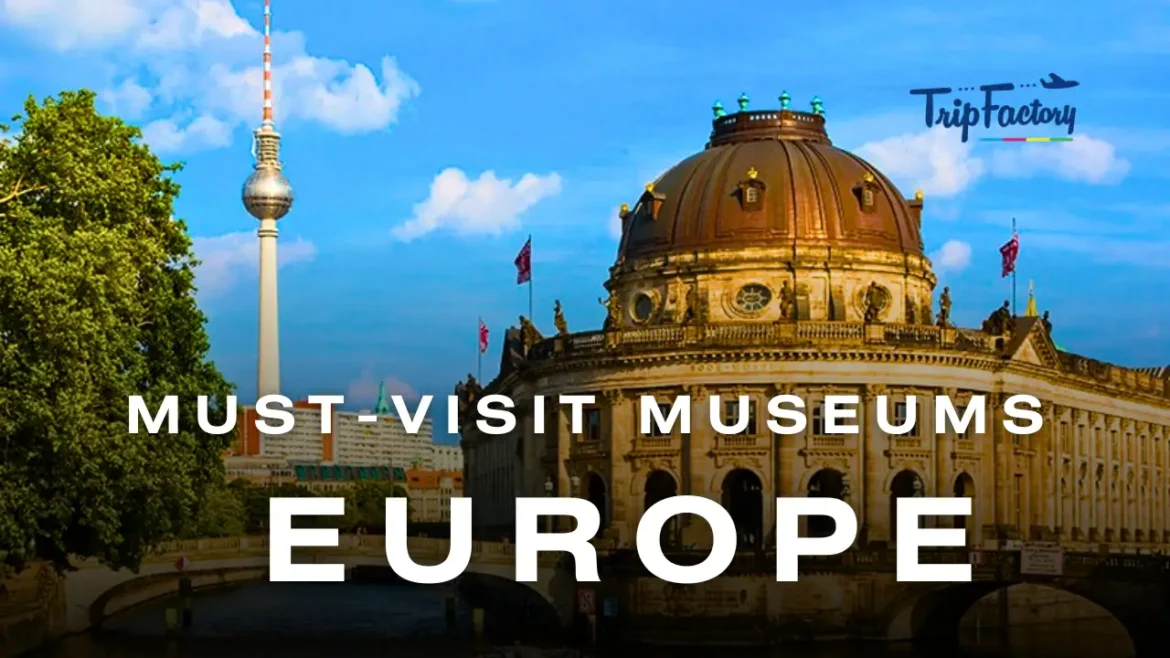Europe, one of the largest continents of the world, has stood the test of time for thousands of years and today boasts of countries which have a rich history of arts, culture, and tradition now on display in some of the best museums in Europe.
Today Europe flaunts some of the best natural history museums in Europe and has on display artistic, cultural, political, and economic artefacts and objects that history has bestowed on us over the ages.
European countries today have some of the best museums in the world. Countries like France, Italy, England, and Spain boast of having the best art museums in Europe which bears testimony to the glorious eras Europe had witnessed for centuries.
So let’s talk about 12 of the most visited museums in Europe and what it has to offer for the lovers of history, culture, arts, literature, and of course, politics.
Here is the list of Top 12 Must-Visit Museums In Europe:
- Louvre Museum
- The British Museum
- Uffizi Gallery
- National Gallery
- Rijksmuseum
- Museo Nacional del Prado
- Vasa Museum
- Acropolis Museum
- Anne Frank House
- Van Gogh Museum
- Victoria and Albert Museum
- Miniatur Wunderland
Table of Contents
Must-Visit Museums In Europe
Louvre Museum
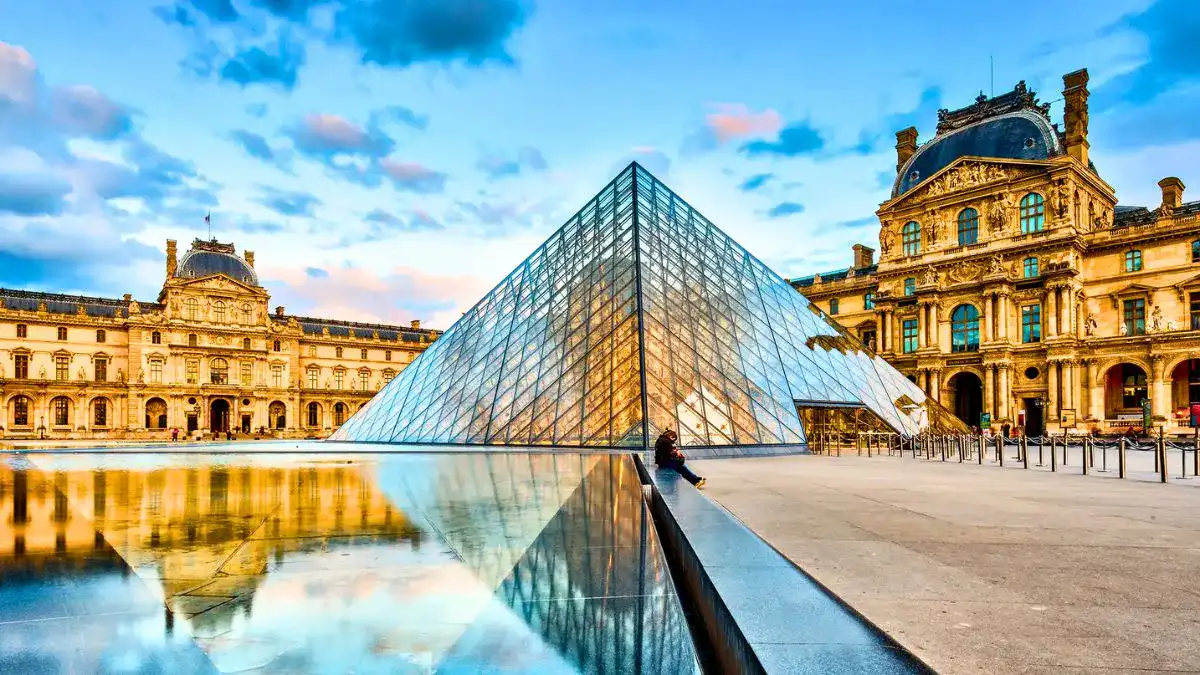
When you talk about the Mona Lisa, the famous artwork of Leonardo da Vinci, the Louvre Museum located in Paris, France immediately comes to mind. One of the best art museums in Europe, the Louvre Museum is a connoisseur’s delight for its wonderful paintings like the Mona Lisa, sculptures such as The Venus de Milo, and other artefacts from the ancient world to the modern times, a treasure, unlike the world, has ever seen.
Built as a fortress in the 12th century, it was then transformed into a palace which was later converted into a museum in the late 17th century after the French revolution and today is renowned as the best natural history museum in Europe.
Here, you will find lots of artefacts belonging to the ancient Egyptian civilization to Persian, Greek, Roman, and other civilizations. Some of the prominent artists from the past eras whose works are showcased in the museum include Leonardo da Vinci, Michelangelo, Rembrandt, and Raphael among others. For lovers of heritage, arts, culture, and history, a visit to the Louvre Museum should be a priority.
The British Museum
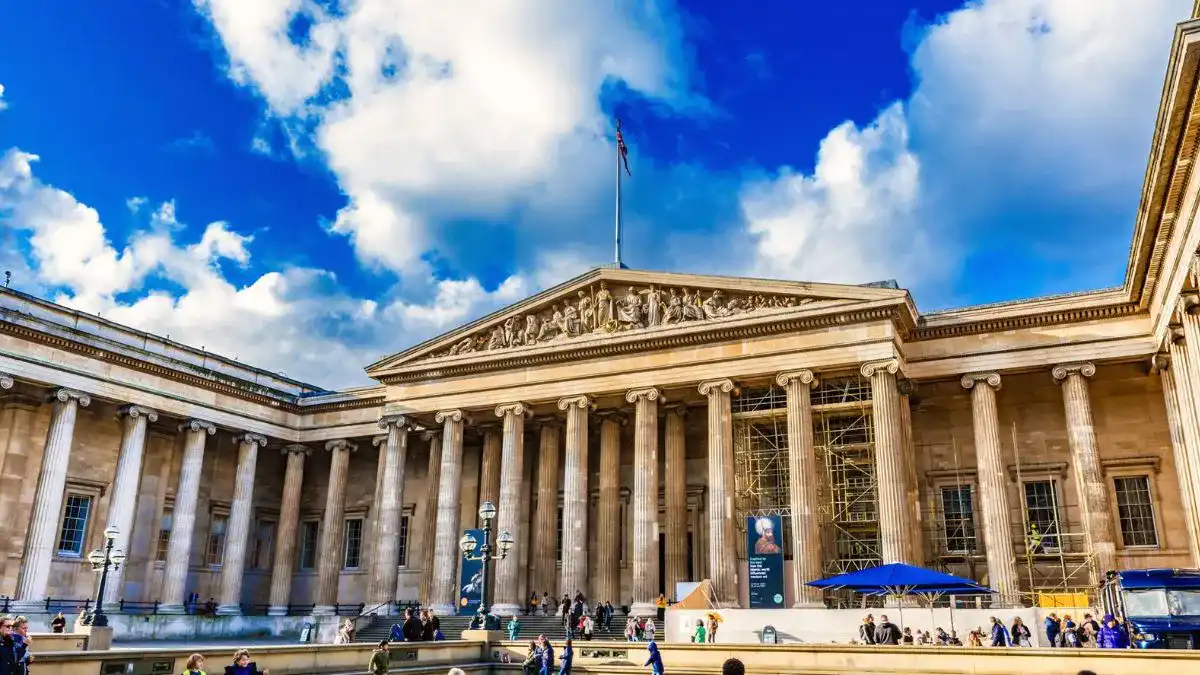
Based in London, the British Museum is home to human history, arts, and culture dating back nearly 2 million years. One of the most visited museums in Europe, the British Museum was set up in the mid-17th century. It houses nearly 8 million permanent works of art, the largest in the world. From artefact collections from around the world and categorized in detail, to galleries showcasing arts, gems, and other pieces of history, the British Museum is an epicentre of discovery of our rich and glorious past.
The British Museum was the first museum to cover all aspects of human knowledge including the fields of science and technology making it one of the best natural history museums in Europe. Each year millions of visitors flock to the museum to lose themselves in the history of civilization.
The most famous of the exhibits include the Rosetta Stone which unlocked the history of the ancient Egyptian civilization and its hieroglyphs that made understanding Egyptian history easy. The museum includes artefacts from Egyptian, Sudanese, Greek, Roman, and various other ancient civilizations which have been preserved with utmost care.
Some other key displays include well-preserved Egyptian Mummies, artefacts like The Parthenon Sculptures, Crouching Venus, the Bus of Ramesses the Great, The Ife Head, The Akan Drum, The Aztec Serpent, and of course multiple libraries that hold ancient as well as modern books. So do visit the British Museum to get a glimpse of human history in every field.
Uffizi Gallery
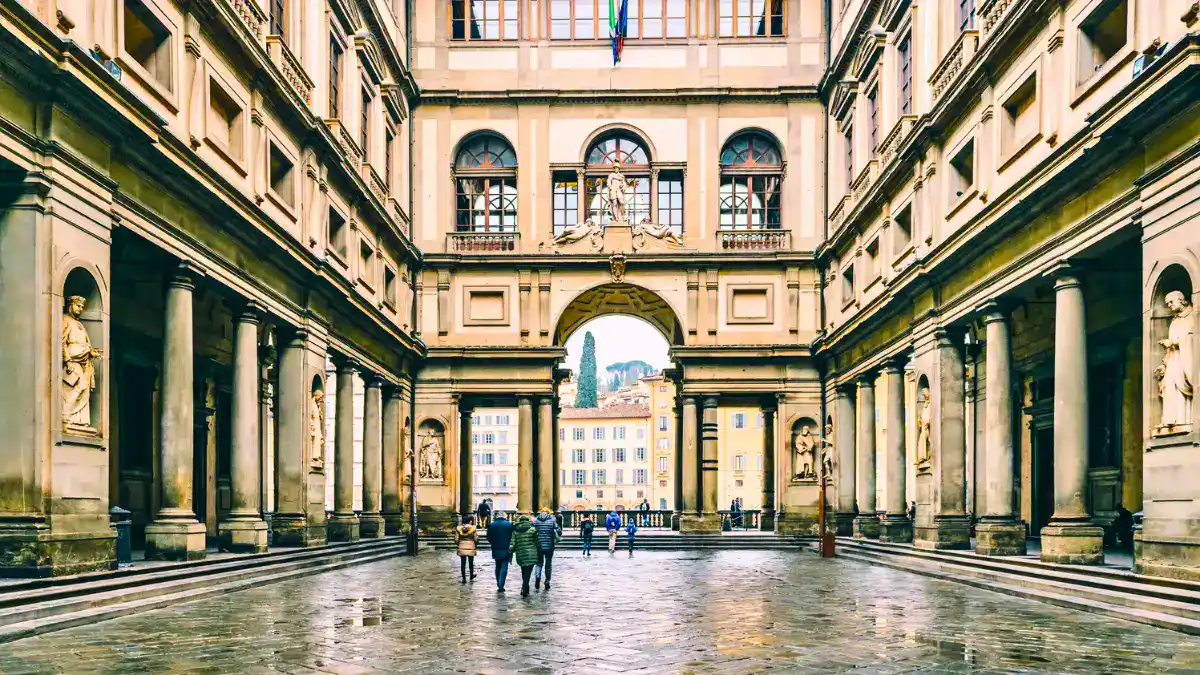
The popular and magnificent Uffizi Gallery is a significant art museum situated in the famous Historic Centre of Florence located in the stunning region of Tuscany, Italy, and was made public in the mid-17th century. Today, it’s among the best art museums in Europe. It entirely occupies the second and third floors of the building and yet, takes an entirety to enjoy its display.
It’s one of the most important and most visited museums in the country and is a treasure trove for art lovers and historians alike. This beautiful gallery is popular all around the world for its great collections of invaluable paintings and age-old sculptures right from the Middle Ages to the contemporary period with a powerful emphasis on the great Italian Renaissance age
Some of the most notable artworks include ‘The Birth of Venus’ by Botticelli, Leonardo da Vinci’s ‘Annunciation’, ‘Doni Tondo’, a work by Michelangelo, ‘Medusa’ by Caravaggio, and ‘Madonna of the Goldfinch’ by Raphael. It also houses other prominent artworks from the pre-renaissance and post-renaissance periods.
Thus Gallery even takes pride in a precious collection of busts and ancient statues from the popular Medici family, that decorates the stunning corridors and includes olden Roman copies of Greek sculptures too. For relaxation, not to be missed are the landscaped gardens in the vicinity of the museum buildings that are a delight to see.
Also Read: Best Adventure Activities to do in Europe
National Gallery
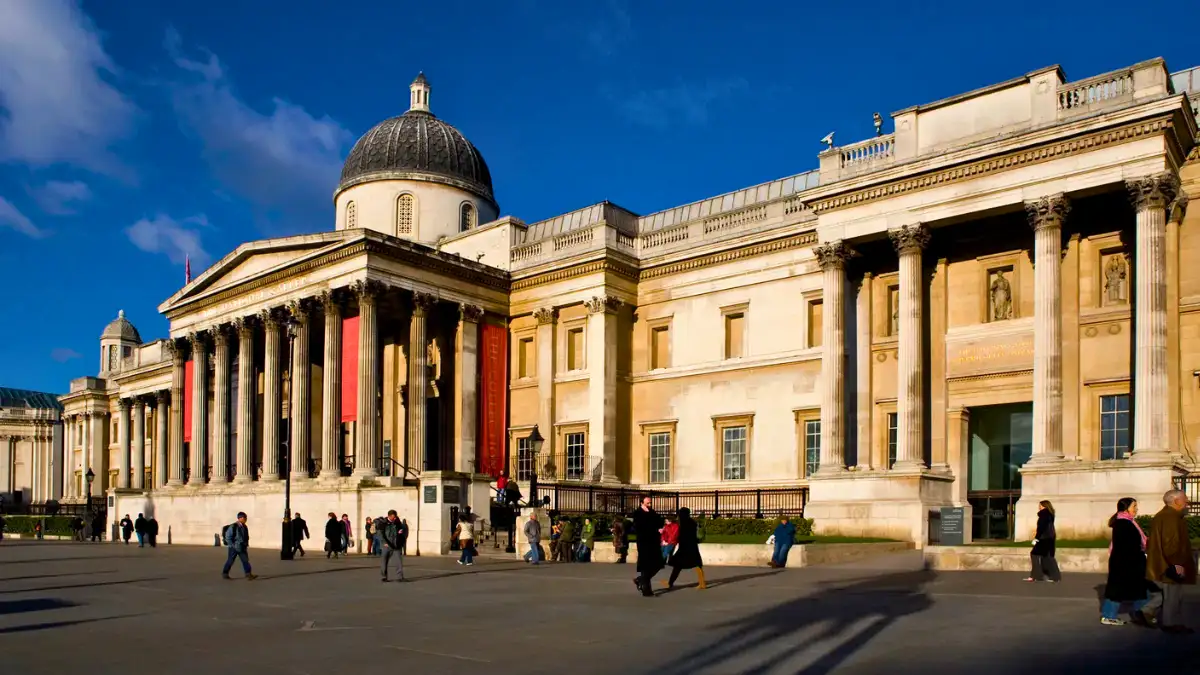
Established in 1824 by the British Government with just 38 paintings, today, the National Gallery at Trafalgar Square in London boasts more than 2300 paintings dating from the 13th century to the early 20th century and stands tall among the best art museums in Europe.
Today, the gallery is known for its extensive collection of European paintings that are a delight to lovers of arts, culture, and history. The building itself is an iconic landmark in the city where thousands of visitors throng every day to enjoy a visit to the museum. Some of the most notable works in the museum include the works of some of the prominent artists of the Renaissance period like ‘The Entombment’ by Michelangelo, ‘Venus and Adonis’ by Titian, ‘Sunflowers’ by Vincent Van Gogh, and ‘The Ambassadors’ by Hans Holbein among others.
The National Gallery’s collections have been divided into 4 sections based on different eras to make it easy for visitors to priorities their visit. So there’s a 13th – 15th century section followed by 16th century and 17th century with the last section covering the 18-20th century period.
Each section holds prominent artwork from those periods. So priorities your visit by key periods or artists to make your visit to the National Gallery an enriching experience.
Rijksmuseum
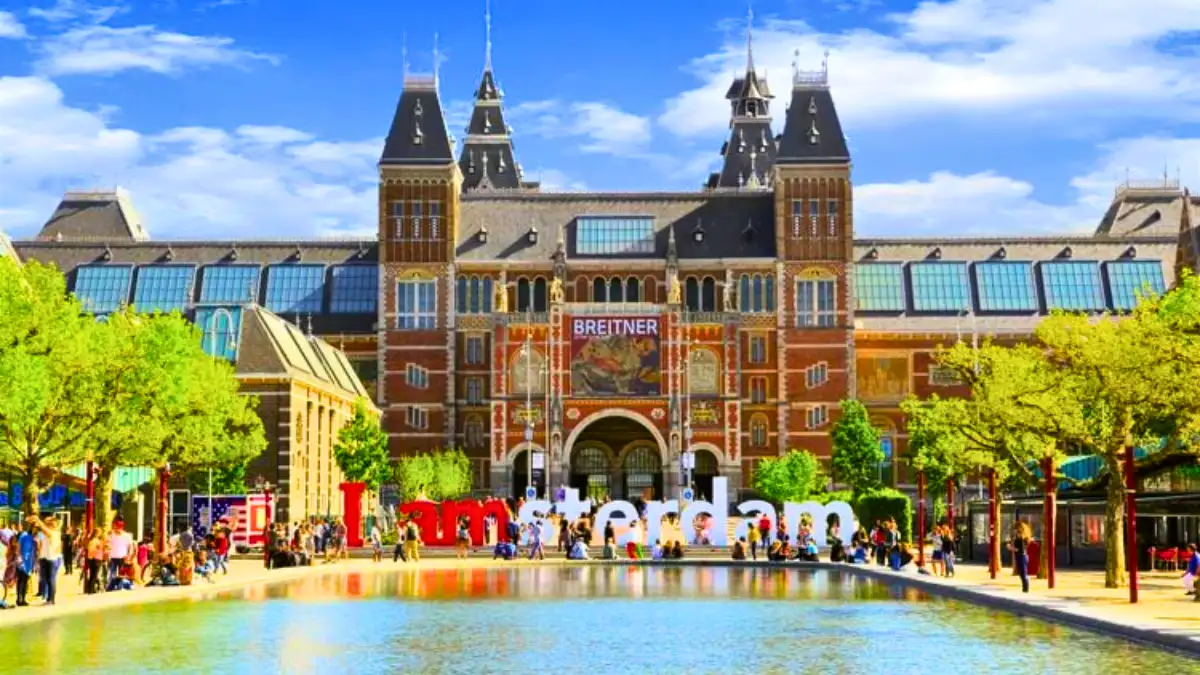
This Dutch Museum located in Amsterdam, Netherlands was founded in 1800 and its intricate collection of arts spans 800 years of Dutch and global history. Like other museums, Rijksmuseum too is divided into various sections starting with Dutch Golden Age, Medieval and Renaissance Art, 19th & 20th-century art, Asian Art, etc. including Ship Models and Naval Artefacts section devoted to the display of models of famous historical Dutch ships, maps and maritime paintings, etc.
The arts sections have notable works like the Renaissance paintings of Rembrandt, Hendrick Goltzius, Vermeer, and other modern artists. Asian Arts include Chinese porcelain artefacts, Japanese prints, etc. Then there are sculptures from various periods that have stood the test of time.
The best pieces of artwork to see are ‘The Night Watchman’ plus the ‘Self-Portrait’ by Rembrandt and the ‘The Milkmaid’ by Vermeer.
In short, the Rijksmuseum offers a comprehensive journey through Dutch and global art history, making it a must-visit for the connoisseurs of arts, history, and culture.
Museo Nacional del Prado
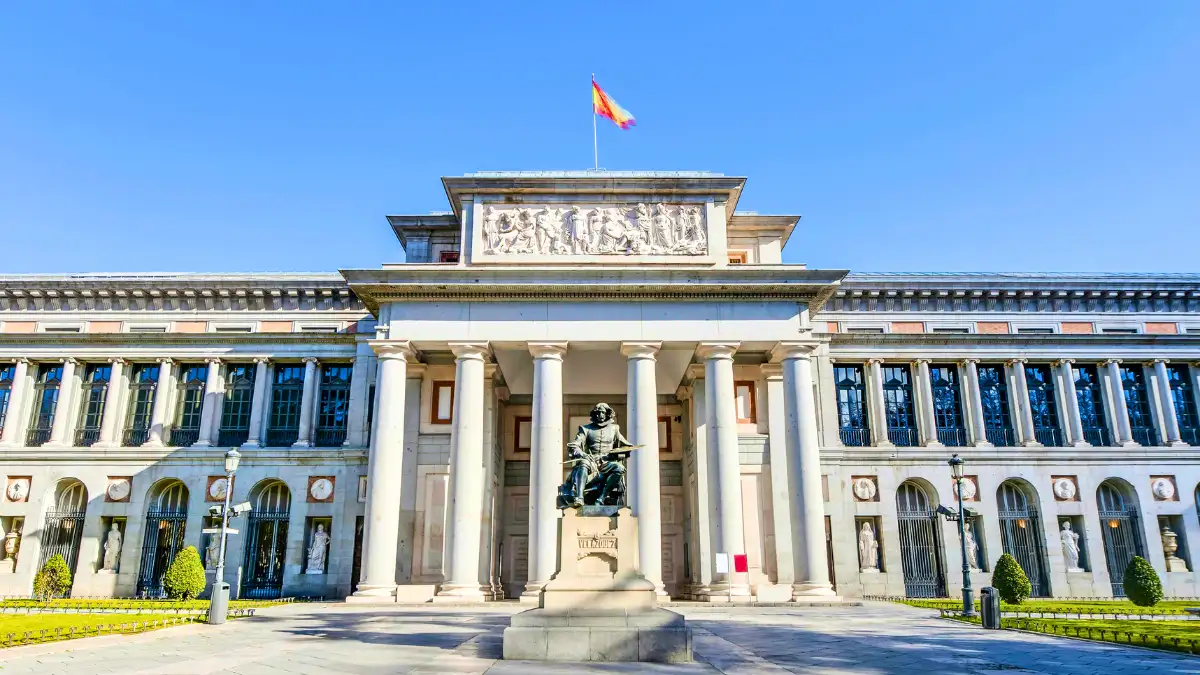
Museo Nacional del Prado is the main Spanish national art museum situated in Madrid Spain and is one of the most outstanding and visited museums in the world. Founded in 1819, it’s regarded as the most important cultural institution in the country and displays paintings, decorative arts, and sculpture by Spanish masters as well as noted artists from the rest of Europe belonging from the 15th to 18th century.
The museum’s mammoth collection includes over 8000 paintings, 1000 sculptures, 4800 prints, and 8200 drawings along with decorative arts and historical documents making it one of the biggest collections in the world. Some of the notable Spanish artworks include ‘Las Meninas’ and ‘The Surrender of Breda’ by Diego Velazquez,
‘The Garden of Earthly Delights’ by Hieronymus Bosch, ‘The Third of May 1808’ by Francisco Goya, etc. Italian artist Raphael’s ‘The Holy Family’, artist Caravaggio’s ‘David and Goliath’ and ‘The Annunciation’ by Fra Angelico are some noted works among other European artists’ work.
Also Read: Honeymoon Destinations in Europe
Vasa Museum
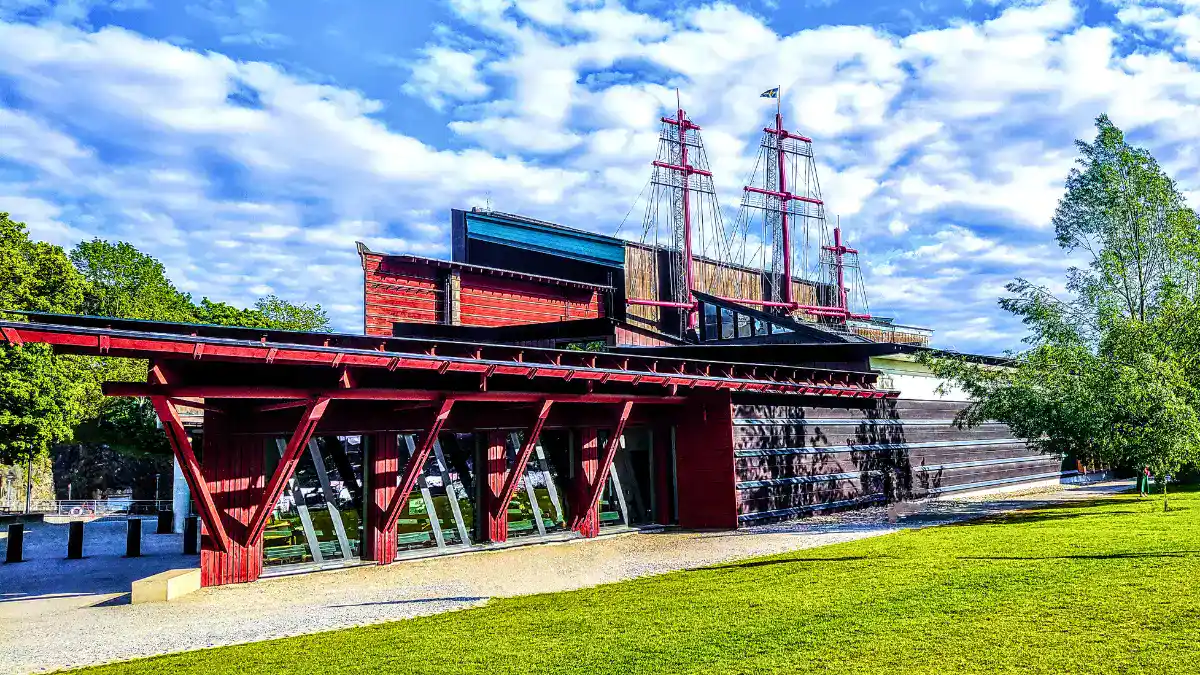
The Vasa Museum located in Stockholm, Sweden is a unique maritime museum and features among the best natural history museums in Europe. The museum is dedicated to the 17th-century warship Vasa which, due to unforeseen circumstances, sank on its maiden voyage in the year 1628 in the sea just off Stockholm harbour.
The ship was later rediscovered in 1956 and salvaged a few years later almost fully intact. Painstakingly restored to its former glory, the ship was then moved to the specially built Vasa Museum. In 1990, the museum was thrown open to the general public and over the years, it has seen millions of visitors throng the place.
Today, the museum holds various other maritime artefacts and objects that are of interest not just for the historical buffs but also for people interested in older maritime stories. Other than the almost fully restored ‘Vasa’ on display in the main hall, the area around the ship also showcases numerous exhibits that tell the story of the sinking of the ship to its recovery and restoration. Other exhibits showcase the social, economic, and political conditions that prevailed in Sweden in the 17th century.
Outside the Vasa Museum, there are four other museum ships moored in the harbour that are a boon for the visitors. This is one visit you can’t miss if you want to indulge in the role-play of a 17th-century maritime sailor aboard the warship ‘Vasa’, one of the most significant maritime archaeological discoveries in history.
Acropolis Museum

The Acropolis Museum, originally built in 1874, lies on the ruins of Roman and early Byzantine Greece. It can be counted among the best natural history museums in Europe. It’s an archaeological museum dedicated to the archaeological findings from the Greek Bronze Age to Roman and Byzantine Greece and is a must-visit for people interested in ancient Greek culture and history.
Today, a modern building houses the museum, and its unique glass floors allow the visitors to see the excavations below the museum, creating a connection with the displayed artefacts and their original context including offering a unique perspective of the ancient city that lies beneath.
The museum’s artefact collections are segmented based on the region’s history and different periods. Some of the highlights of the museum’s collections include the Caryatids from the Erechtheion, Parthenon Frieze, Moschophoros, the Statue of Athena, and other amazing pieces of those golden eras.
To add to your historical visit that brings ancient history and artistic achievements of Athens to life, you can also enjoy the panoramic view of the city of Acropolis from the museum’s open terraces and galleries.
Anne Frank House
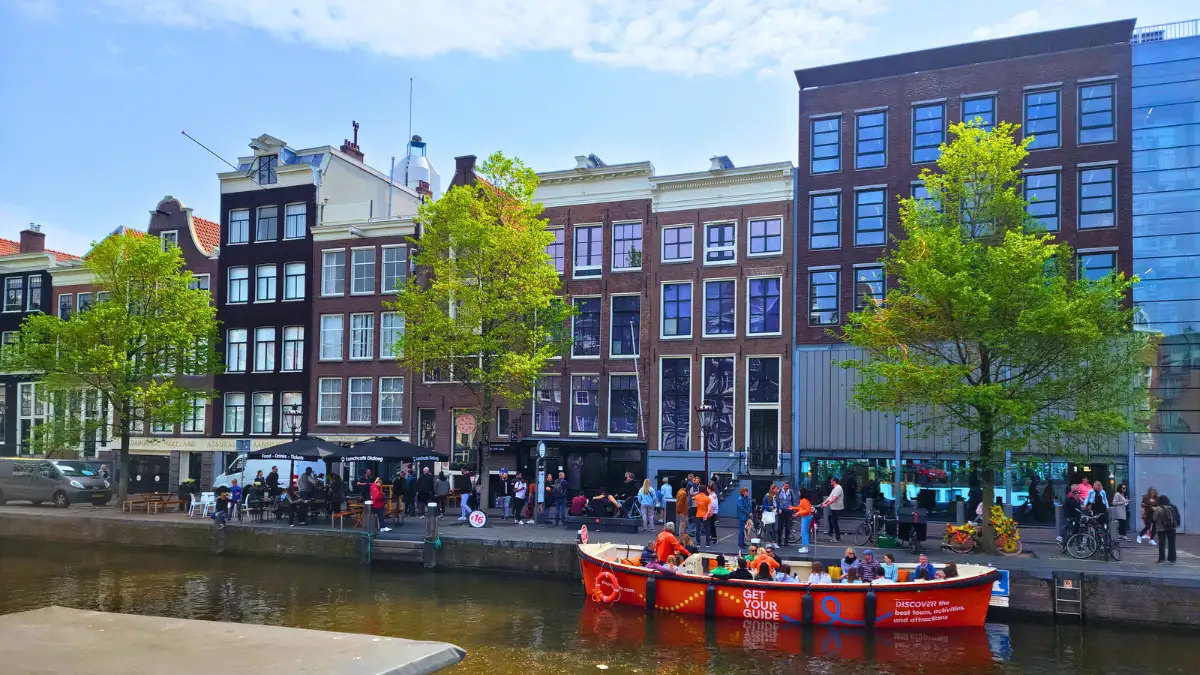
The Anne Frank House located in Amsterdam, Netherlands is a museum dedicated to Jewish wartime diarist Anne Frank who along with her family and four other Jews hid from the Nazis during World War II. The museum has preserved the secret room in which Anne Frank and her family hid and where she wrote her famous diary that today serves as a poignant reminder of the atrocities the Nazis rendered on the Jews those days leading to her and her family member’s death at their hands.
Today, Anne Frank House, one of the best natural history museums in Europe, has painstakingly preserved the interior of the secret annex (as Anne Frank’s hiding place is called) to reflect the harsh conditions in which Anne Frank and her family lived while in hiding.
Visitors to the museum can visit and explore the secret annex accessible via a movable bookshelf leading to a cramped, concealed room. The museum also houses Anne Frank’s original red-checked diary, photographs of the family, and some of their personal belongings.
If you are a history buff or a regular visitor, a visit to Anne Frank House is a must to understand the broader context of the Holocaust and its vast impact on the Jews.
Also Read: Places to Visit in Europe
Van Gogh Museum
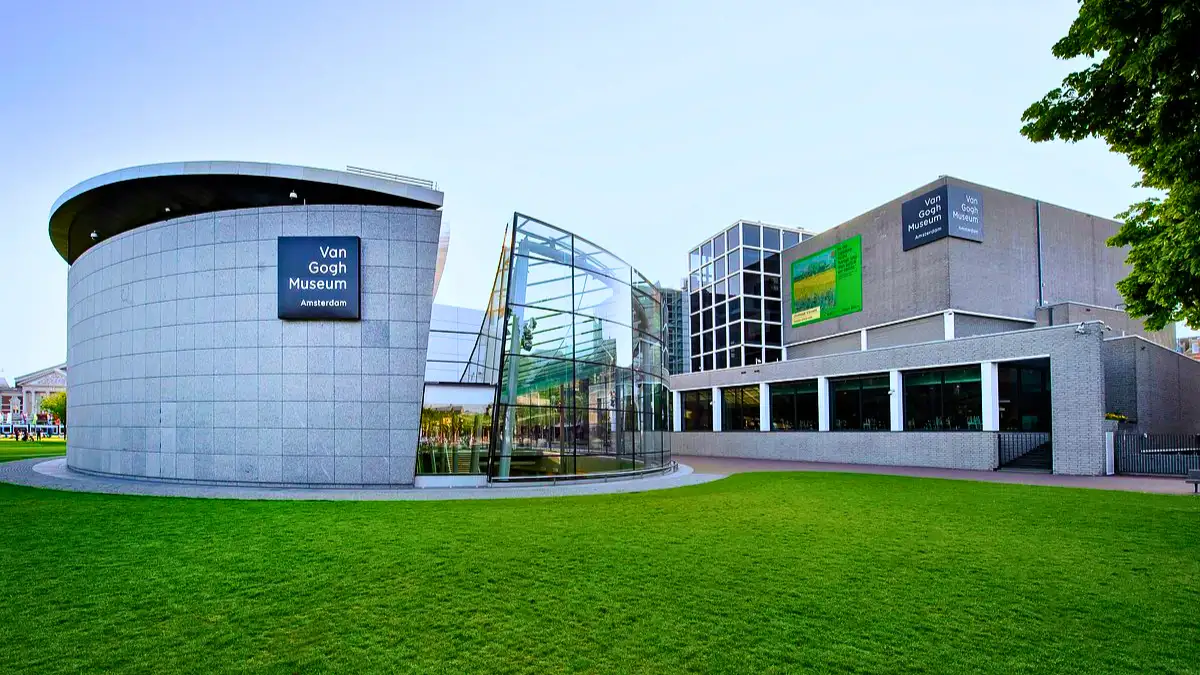
The Van Gogh Museum located in Amsterdam, Netherlands, is dedicated to the life and works of prominent artist Vincent van Gogh, one of the most famous and influential artists of his time. The museum commissioned by the Dutch government in 1963 was only completed in 1973 and now houses one of the largest collections of his paintings and drawings along with the works of his contemporaries that offers a glimpse of their artistic development.
Today, the Van Gogh Museum is the most visited museum in the Netherlands. The collection includes over 200 of his paintings, 500 drawings, and 750 letters written by him. Some of the notable artworks on display in the museum include Van Gogh’s ‘Sunflowers’, ‘The Potato Eaters’, ‘The Bedroom’, ‘Almond Blossoms’, ‘Wheatfield with Crows’, etc. His drawings give a glimpse into his creative process and his artistic developments over time.
Some of his contemporaries whose work feature in the museum includes Paul Gauguin, Emile Bernard, and Henri de Toulouse-Lautrec.
Trivia: In the early morning of April 14, 1991, the armed burglars robbed twenty significant paintings from the popular Van Gogh Museum during one of the most stupendous and amazing art robberies right since World War II. However, it was recovered within a short time when it was found abandoned in the gateway car. This was one of the multiple robberies involving Van Gogh paintings over the last 100 years.
Victoria and Albert Museum
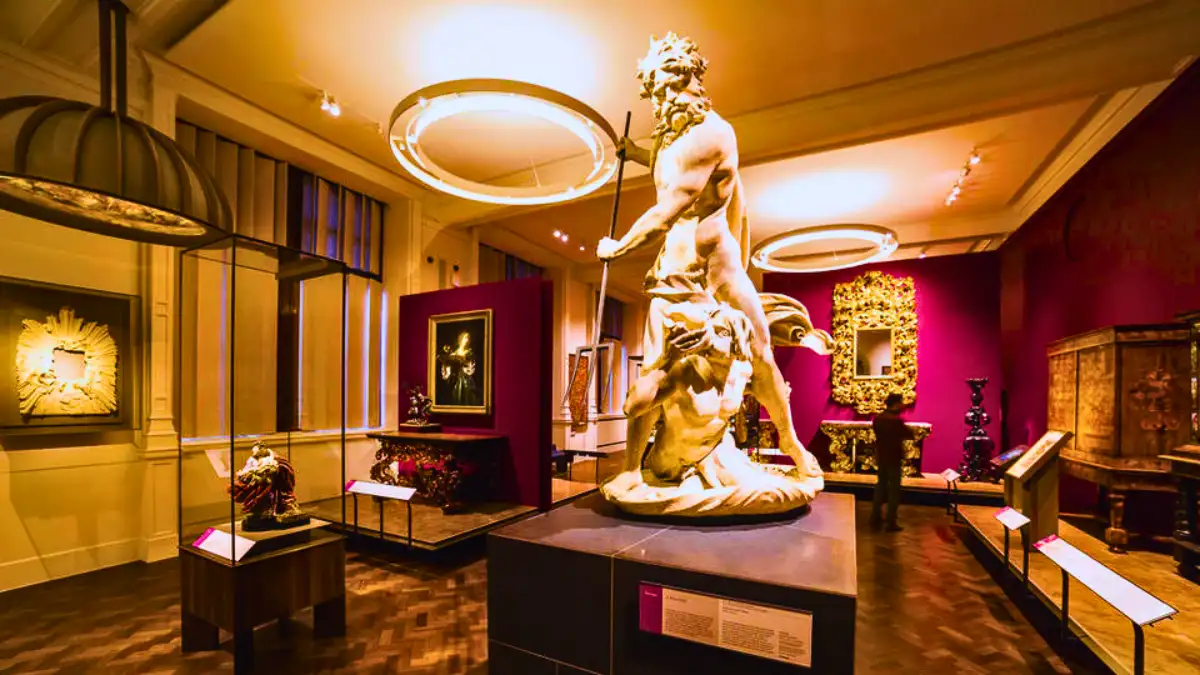
Began in 1852, the popular Victoria and Albert Museum situated in London is the world’s biggest museum dedicated to decorative arts, applied arts and design, having a longer and permanent mix of more than 2.27 million displayed objects The museum has 145 galleries showcasing an art collection spanning more than 5000 years from ancient history to the modern day.
The museum provides a rich and immersive experience, celebrating human creativity and innovations across different cultures, demographics, and historical places. Some of the amazing work on display includes the plaster casts of some of the world’s famous sculptures like Michelangelo’s ‘David’ among others. Some of the galleries are dedicated to themes like Jewellery, Fashion & Textile, Ceramic and Glass, Theatre and Performing Arts, Paintings, etc. each containing related artefacts and objects spanning 5000 years.
Some notable artists to feature at the museum include Leonardo da Vinci, Rembrandt, and Morris.
One of the outstanding features of this museum is the building itself which is worth seeing from outside for its expansive size and its architectural marvel.
Miniatur Wunderland
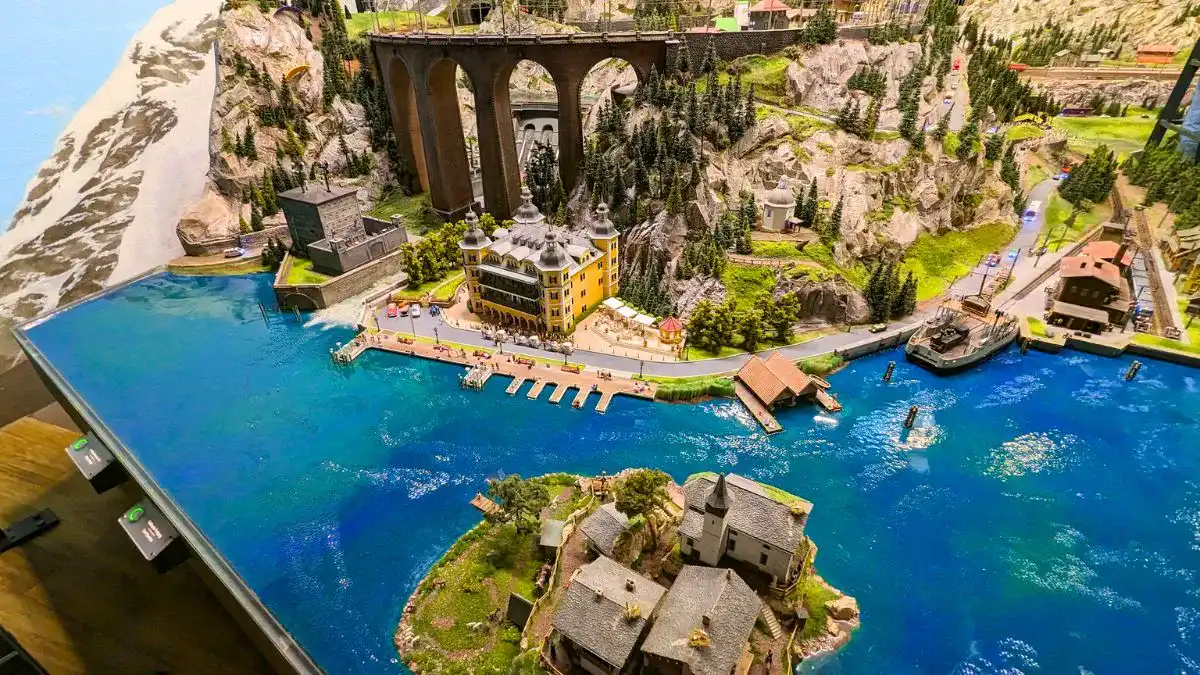
Miniatur Wunderland located in Hamburg, Germany, is one of the best modern art museums in Europe. It showcases the world’s largest model railway scenes and world landscapes making it one of the most popular tourist attractions in the country. It showcases exceptionally detailed and expansive miniature scenes from various parts of the world, meticulously and intricately crafted to perfection to captivate and entice visitors of all ages.
Open to the public in 2001, the exhibition has substantially grown over the years in terms of newly added attractions and world places thus attracting visitors from across the globe. Not just railways, the Miniatur Wunderland also showcases intricately designed miniature landmarks from across the globe.
Some of the key highlights include the iconic American landscapes and cityscapes, Knuffingen Airport which features realistic aircraft movements and airport operations, and Hamburg City and its various landmarks and landscapes.
Miniatur Wunderland is a must-visit for family and others alike especially if you are a model enthusiast and interested in the imaginative and creative miniature worlds.
Bottom line
In conclusion, all these places are a must-visit and offer a glimpse of arts, culture, and history from the time of the evolution of mankind. All these museums offer a guided tour and can be booked online or in person. Early mornings and late evenings are the best time to visit these places. So make a list of important eras, painters, paintings, sculptures, and arts, to see wisely to save time during the visit and plan your visits accordingly.
Also Read: Amazing Places to Visit in Europe With Family
Check Latest Stories:

Book Europe Tour Package
Starting @ 199,999/- INR
3N Paris , 1N Amsterdam , 1N Cologne and 3N Zurich
Highlights
- To and Fro Economy Class Flights
- Stay in good 3/4 star hotels in Europe
- Unique offering – Stay in Amsterdam, Zurich City Tour and option to enjoy train experience in Switzerland
- Daily Continental Breakfast
- Covers the best sightseeing in Frankfurt, Switzerland. Netherlands and Paris
- 8 Indian Jain/Vegetarian/Non-Vegetarian Dinners
- All Transfers and Tours by Luxury AC Coach
- Schengen Visa Charges and Travel Insurance Included
- Guaranteed Schengen Visa Appointments
- Services of a English/Hindi Experienced Tour Manager
Frequently Asked Question
1.Which European country has the best museums?

France has the best museums in Europe.
2.What is the most visited museum in Europe?

The Louvre in Paris, France.
3.Which city has the most museums in Europe?

London has the most museums in Europe.
4.What is the number one museum in Europe?

The Louvre is the number one museum in Europe.
5.Which city has the best art galleries in Europe?
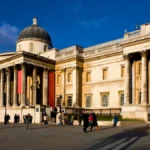
London has the best art galleries in Europe
6.What European city is known for art?
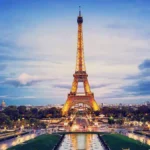
Paris is known for its art.

